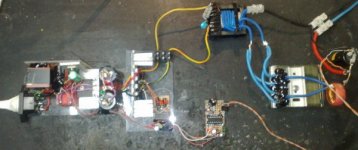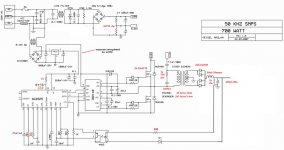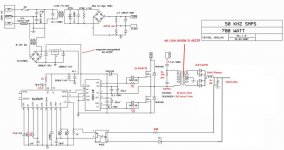Hello.
My name is Niko and i am from Greece.
I am following this forum for a while and i can say
that it is one of a kind regarding smps design and information.
So i decided after all the info I've collected to start building one.
My goal was to have an output of 13 volts 30 amps continuously.
I want to use it in hho production for oil burners ( i already use
Chinese power supplies which i am afraid are not able to work
continuously). So here are some pictures of the project completely
made in bare-board just for testing. the design is based on a schematic
using sg3525 and ir2110 with some slight modifications.
I will post late at night schematic with modifications and more info about this project.
All i can say is that after 2 hours of working everything is stable with some heat
on mosfets , trafo and the output rectifiers. But i get sweat from the load bulbs as they produce a lot...LOL
thanks for reading.I forgot to mention that it is regulated through optocoupler.
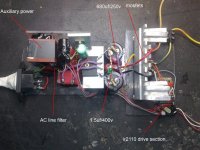
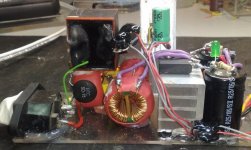
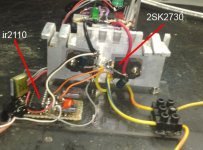
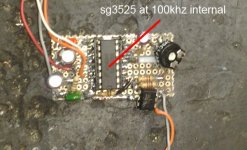
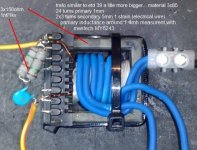
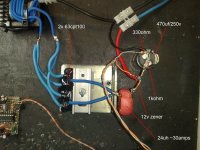
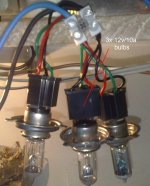
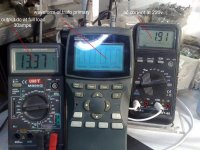
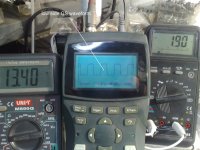
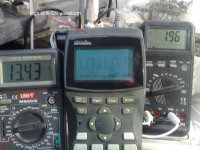
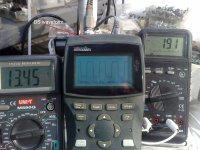
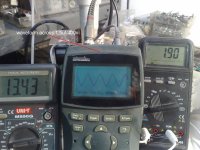
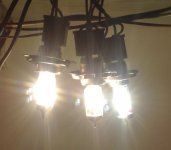
My name is Niko and i am from Greece.
I am following this forum for a while and i can say
that it is one of a kind regarding smps design and information.
So i decided after all the info I've collected to start building one.
My goal was to have an output of 13 volts 30 amps continuously.
I want to use it in hho production for oil burners ( i already use
Chinese power supplies which i am afraid are not able to work
continuously). So here are some pictures of the project completely
made in bare-board just for testing. the design is based on a schematic
using sg3525 and ir2110 with some slight modifications.
I will post late at night schematic with modifications and more info about this project.
All i can say is that after 2 hours of working everything is stable with some heat
on mosfets , trafo and the output rectifiers. But i get sweat from the load bulbs as they produce a lot...LOL
thanks for reading.I forgot to mention that it is regulated through optocoupler.













Attachments
Last edited:

